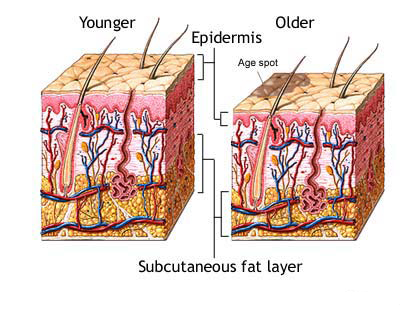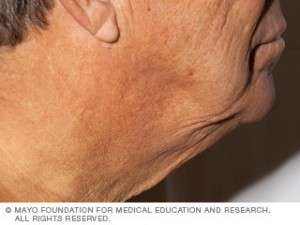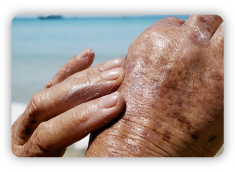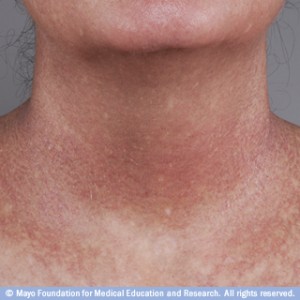MOLECARE ORMUZ AVENUE
UV light and premature aging of the skin
Cumulative damage over our life times: Whether our sun exposure occurs as a ‘binge’ that causes sun-burn or as lighter exposures over time that cause tanning without any peeling, UV damage is occurring. Our skin ‘never forgets’ any of the UV light it has received, and this ‘record’ of UV damage to our skin cells accumulates over the years of our lives and causes premature aging of the skin and increased risk of developing skin cancers.
Fine lines, wrinkles and textural changes (damage to collagen and elastin): The structural strength of the skin comes from Collagen fibres and the elasticity of our skin comes from the Elastin fibres which lie within the deeper layer of the skin (dermis). They contribute to the thickness, softness and elasticity of youthful skin. Cumulative UV exposure damages the production of these structural fibres leading to ‘premature’ aging of the skin (solar elastosis). With damage to the elastin fibres the skin loses its ability to go back into place after stretching showing up as vertical creases, deep wrinkles and loose or sagging skin.
Damage to the structure of the collagen fibres causes our skin to get thinner making it more susceptible to grazes, bruising, blisters and tearing. Uneven breakdown of collagen and elastin can lead to the development of yellow, thickened bumps on parts of the skin that have endured the most sun exposure, like the back of the neck and hands
(photo credit).
Discolouration (damage to blood vessels and melanin): Damage to the collagen and elastin within the walls of small blood vessels within the skin allows these small blood vessels to become permanently stretched causing a mottled, reddish appearance.
(photo credit).
UV damage can cause variation to the ‘background’ (melanin) pigmentation of the skin with flat spots of permanently increased pigmentation (solar lentigines)
irregular areas of reddish-brown pigmentation (poikiloderma) and 2-5mm diameter white spots caused by the permanent loss of pigmentation.
Sun Spots and Skin Cancers (damage to cell DNA): Abnormal skin growths occur when the damage to the DNA affects the DNA of the genes that control skin cell growth. Normal skin cells have a limited life span and naturally die and are replaced by newly made cells. The damage to the cell DNA by UV light can make the cell ‘forget’ to die at the prescribed end of its normal lifespan and so the number of abnormal skin cells continues to grow.
Previous – Why UV exposure matters Next – What Sun Spots indicate










